
by Brian Shilhavy
Editor, Health Impact News
Since the popularization of the ketogenic diet, along with all of its “fad diets” which include the “low-carb high-fat” diet, the Atkins diet, and the Paleo diet for the past decade and a half, grains have received very negative press, with some going so far as to claim they were never meant to be a part of human nutrition.
The science behind the original ketogenic diet is solid, as it was developed at Johns Hopkins hospital in the 1920s as a natural cure for epilepsy, when drugs failed. It is a high fat diet restricting carbohydrates.
Children especially, who did not respond well to anti-seizure drugs, saw remarkable improvement if not total cures by switching to a high saturated fat diet with moderate levels of protein, and very few carbohydrates, especially carbohydrates from very refined foods such as white sugar and white flour.
The diet fell out of favor during the anti-saturated fat campaign started in the U.S. and codified into official government dietary advice in the 1970s as a result of the McGovern Report. While it was still acknowledged that a ketogenic diet helps children with epilepsy, conventional doctors and nutritionists were afraid that long-term ketogenic dieting would lead to high cholesterol and heart disease, a theory of heart disease (the “lipid theory” of heart disease), that has now been thoroughly debunked by the actual science.
The medical literature today has thousands of studies on the ketogenic diet reversing many diseases besides epilepsy, including cancer, and you can find many of them published here on Health Impact News over the years.
The Ketogenic Diet
“Saturated fat is bad” and the “low fat diet” are still official government dietary policy today, due to the influence of the vegetable oil industry which produces their products from the highly subsidized corn and soy bean crops in the U.S.
But in the mid-2000s, around 2004 and 2005, scientific opinions about saturated fats began to change, and the dangers of the highly processed polyunsaturated fats and their link to modern diseases began to get some attention, along with diets high in processed carbohydrates which followed the USDA Food Pyramid.
The low-carb Atkins diet became popular, which was a version of the original Ketogenic Diet developed at Johns Hopkins, and then the “Paleo Diet” fad followed that.
The Demonization of Grains
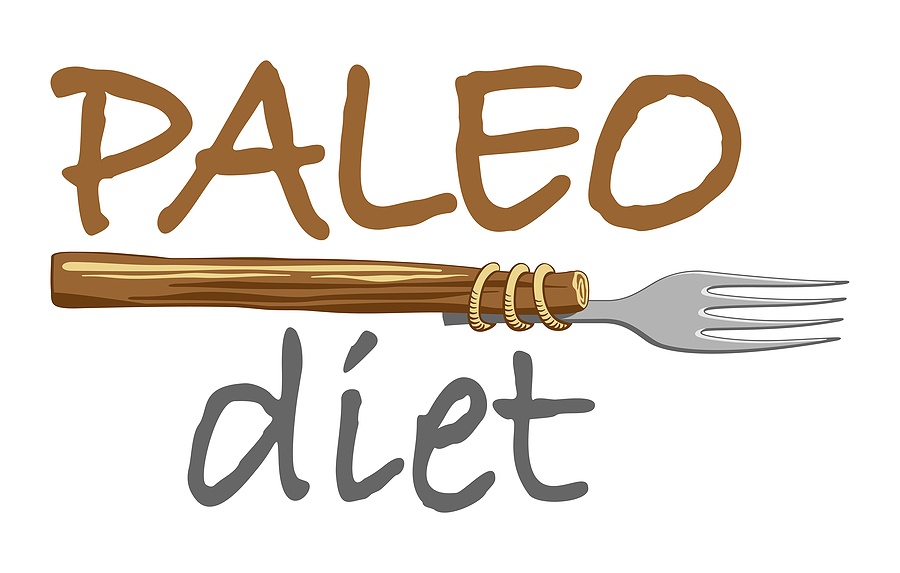
It was primarily from those following the “Paleo Diet,” who claimed that humans evolved from “hunters and gathers” and that modern agriculture was a recent development in human history over the last many billions of years, who began to condemn ALL grains as not fit for human consumption.
So while saturated fats such as coconut oil and butter became more popular and acceptable in the American culture, the wheat and grain industries took a big hit, and the medical community started blaming many diseases on “gluten intolerance” demonizing all grains containing “gluten.”
The flaw to this belief, of course, is that it accepts Darwinian evolutionary biology as a fact, rather than just a theory about the origins of life.
The history of the human race as recorded in the ancient writings of the Bible, however, shows that man was an agriculturist since the beginning, as God created the first man and woman to tend the Garden of Eden, where undoubtedly grains grew.
The other problem with this belief, is it treats “grains” as a solitary food group, when in fact the numerous variety of grains, their history, and how they are grown, all make a significant difference in terms of how nutritious and healthy that grain is.
This treating of food as a single classification is what makes most “scientific” studies that claim a certain food group is bad, totally meaningless.
The most obvious example, in my opinion, is the plethora of “scientific” studies that apparently “prove” that “red meat” is unhealthy.
These studies almost never distinguish between the different kinds of animals where one can obtain “red meat” from, where a cow that has been cross-bred and developed for fast growth in a feedlot and pumped full of vaccines and antibiotics, for example, is completely different from an American bison, which is still a wild animal and has never been cross-bred to be raised in feed lots, but grazes on grasses and vegetation its whole life, and is the most genetically pure form of red meat available today.
How that animal was raised, what it was fed, how it was “treated” for disease, and how it was slaughtered, all affect the end product, and to just categorically condemn “red meat” is moronic.
Is Gluten Really the Problem?
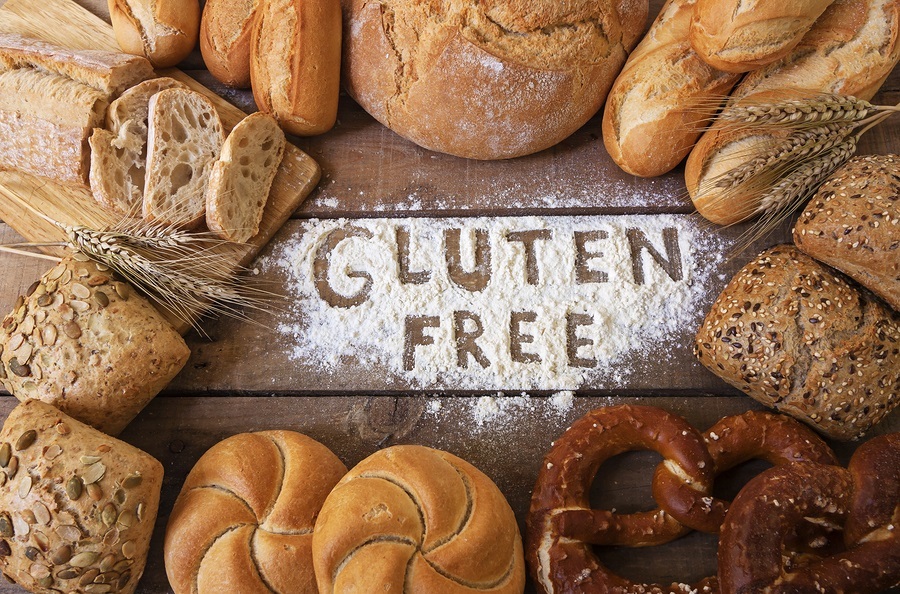
The same is true of “grains,” where a component of most wheat-like grains, “gluten” is now blamed for many diseases, so that grains are categorically condemned as an “anti-nutrient” by some modern dietary thinking.
Much of this belief comes from the field of laboratory diagnostics, where one today can be tested for “food allergies,” and if gluten shows up in your food allergy test, then you are diagnosed as “gluten intolerant” or having an allergy to wheat.
However, you might be surprised to find out (or maybe not if you have now become aware of the corruption in the diagnostic testing field such as PCR tests to test for “viruses”), that there is currently no accepted test protocol to determine if one is allergic to gluten.
Currently, there are no agreed upon methods for testing for gluten intolerance. (Source.)
There is a test to determine if one has “celiac disease,” which is considered to be the most extreme form of “gluten intolerance,” but the test does not look for “gluten,” but for “antibodies that attack the lining of the small intestine.”
Even if there was an accurate test to see if gluten is floating around in your body somewhere, what would it actually prove?
It would only prove that your body is not processing gluten properly, and a just as reasonable conclusion to such a test, if it existed, would be to blame your digestive system for not processing it correctly, rather than blaming gluten.
So for most people who believe they are allergic to gluten, it is usually based on the fact that if they eat any products that contain wheat and gluten, like their Krispy Kreme donuts, or their “breakfast of champions” highly processed cereal, and feel sick afterwards, then they must have an “allergy” to gluten.
This is faulty reasoning, of course, because there are many factors to look at when one cannot consume highly processed grain products.
Most of America’s grains, for example, are contaminated with the popular herbicide glyphosate, the active ingredient in RoundUp and the most widely used herbicide in the world, which is now linked to cancer.
Glyphosate is known to seriously damage our digestive systems, and our “microbiome.” For more information on this subject, see some of our previously published work on this topic.
Gluten Intolerance and the Herbicide Glyphosate: A National Epidemic
Is the Gluten Intolerance “Epidemic” as Bad as Claimed or a Clever Marketing Tool?
How Glyphosate Herbicide Has Destroyed America’s Wheat
In 2014 we tested our own certified organic grain products that we were selling, and we were shocked to learn that almost all of them were contaminated with the herbicide glyphosate, even when they were certified organic. See:
ALERT: Certified Organic Food Grown in U.S. Found Contaminated with Glyphosate Herbicide
Since then, we now test ALL of our food for the presence of glyphosate before selling it, and if a positive test comes back from a batch, we do not sell it.
Ancient Grains: The Bread of Life
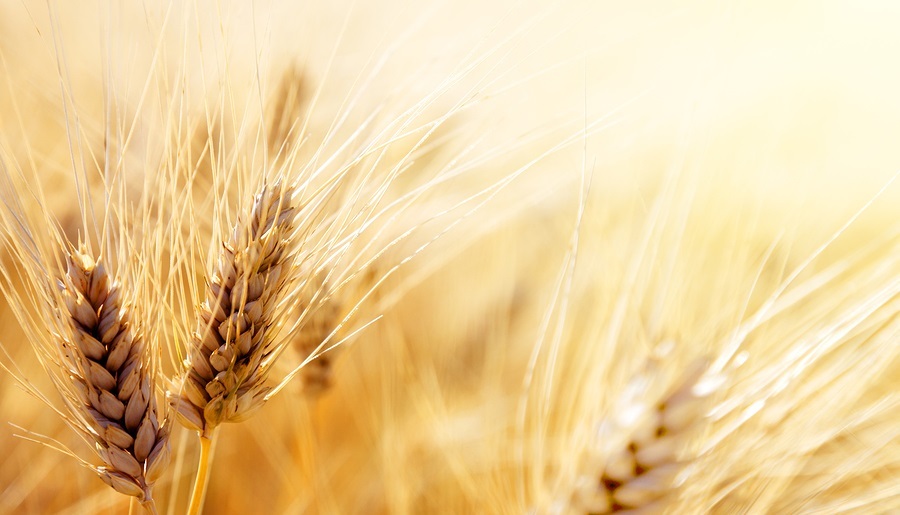
For someone who accepts the historical accuracy of the ancient writings of the Bible, such as myself, it is very hard to believe that grains are a product of evolution and never meant to be part of the human diet.
Jesus referred to himself as the “bread of life.”
Then Jesus declared, “I am the bread of life. He who comes to me will never go hungry, and he who believes in me will never be thirsty.” (John 6:35)
For sure there is a broader meaning here than simply something baked from grains, but why would the Savior of the world use a grain-based food to describe himself as the giver of life if humans were never meant to eat grains?
Ever since we found out that our certified organic grains from North America were contaminated, I have searched all over the world to find clean grains that are not contaminated, and focused on ancient grains that had not been hybridized to increase the gluten elasticity so coveted by bakeries to help breads rise quicker.
I knew, for example, the Latin word (triticum monococcum) for the oldest grain ever recorded in the Fertile Crescent where grains reportedly originated, but for years I could not find anyone commercially growing it.
Then one day I was attending a trade show on natural foods, and a vendor that we were doing business with in Italy showed me a new product they had just brought to market, called “einkorn” flour.
After a little bit of research, I found out that this was, indeed, the triticum monococcum grain and thought to be the oldest and most genetically simple grain around.
The name einkorn is German (single grain), suggesting that the Germans first resurrected this ancient grain and precursor to modern wheat, but it was being grown primarily in Italy, and later we found a few places in North America also growing it. Unfortunately, the ones grown in North America (Canada and the U.S.) tested positive for glyphosate when we tested them, so we have been mainly supplying einkorn from Italy for the past several years.
We offer it ground into flour, as well as the whole grains, which if stored in airtight containers away from moisture, will last indefinitely.
As with all whole grains, it can be ground into flour to make baked goods, sprouted for fresh greens, or cooked like rice as a side dish or hot cereal.
Many people have contacted us over the years stating that while they cannot eat commercial wheat products and were told they were allergic to gluten, they can eat einkorn, or some of the other ancient grains we offer that are tested for the presence of glyphosate.
I have come to the conclusion over the years that grains and gluten are NOT the problem, but our contamination of the grain supplies, primarily with glyphosate.
Most American’s digestive systems are also compromised and not functioning properly from years of eating chemically contaminated food and pumping their bodies full of toxins via vaccines and pharmaceutical drugs that make it hard for most to now digest certain proteins, including gluten.
Einkorn
Here is some more information on einkorn, the oldest variety of grain known to man today.
History of Einkorn, the Ancient Grain
Einkorn is an ancient grain, and is known as the oldest variety of “wheat.” Einkorn is also sometimes referred to as “farro” or “farro einkorn.” Einkorn was first cultivated 5,000 to 10,000 years ago. It is classified as a “diploid” because it only has two sets of chromosomes. Modern wheat varieties are classified as “hexaploid,” having six sets of chromosomes, due to a long history of hybridization.
Einkorn is thought to have originated in the upper area of the Fertile Crescent of the Near East (Tigris-Euphrates regions), and is quite probably the main grain recorded in the earliest biblical history. Einkorn became widely distributed throughout the Near East, Transcaucasia, the Mediterranean region, southwestern Europe, and the Balkans, and was one of the first cereals cultivated for food.
Another ancient grain, emmer, has four sets of chromosomes and was probably an early hybrid of wild einkorn that was more suitable for a wider range of climates and geographical areas, particularly warmer climates. Emmer became the predominant wheat throughout the Near and Far East, Europe and northern Africa until about 4,000-1,000 BCE, although it was still cultivated in isolated regions such as south-central Russia into the last century, and even today remains an important crop in Ethiopia and a minor crop in Italy and India.
The oldest hexaploid grain and the predecessor to modern wheat is probably spelt. Spelt was a hybrid of emmer with more adaptability then emmer. These three ancient grains are known as “the covered wheats,” since the kernels do not thresh free of their hard coverings, making them more labor intensive to mill.
These ancient grains went through a long history of hybridizations to make them easier to mill and process into our modern day wheat, and to make them more desirable for bread making with a higher gluten content. But due to gluten toxicity issues in modern times, many are reviving the ancient varieties of grains, and einkorn is the oldest.
Nutritional Characteristics of Einkorn
The ancient grain einkorn (triticum monococcum) is packed with nutrition. It is a rich source of the beta carotene lutein, a powerful antioxidant. Einkorn has the highest amounts of lutein of any other variety of wheat.
Einkorn is also a rich source of tocotrienols and tocopherols, powerful antioxidants and forms of Vitamin E. Compared to modern wheat varieties, einkorn has higher levels of protein, crude fat, phosphorous, and potassium.
Khorasan Wheat
Khorasan Wheat is an ancient grain that hasn’t been hybridized in modern history. The source of this grain is traced back to the Fertile Crescent, and is thought to be a close relative of durum wheat. It is a tetraploid, which means it is a cross of two ancient diploid grasses and has 4 chromosome sets.
The berry of Khorasan Wheat is roughly twice the size of modern wheat varieties and the flavor is described as rich and nutty. Khorasan Wheat contains gluten, but many with gluten sensitivities have found Khorasan Wheat to be more easily digested than modern wheat.
Khorasan Wheat is an excellent source of protein, fiber, zinc, phosphorus, magnesium, vitamin B1 (thiamin), and vitamin B3 (niacin). It is also high in many minerals such as selenium, copper, manganese, and molybdenum.
Khorasan Wheat contains several polyphenols that have strong antioxidant and anti-inflammatory properties. It is particularly high in carotenoids, which likely gives the Khorasan grain and flour its rich golden color.
In the past, we have tried to provide Khorasan Wheat that has been grown in North America, but due to the vast contamination of certified organic grains in the US and Canada, by the known carcinogen, glyphosate, we had to open our search to other areas of the world. Our Khorasan Wheat is grown on an organic farm in Italy and a sample from our batch tested to be free of glyphosate.
Hulless Barley
Most of America’s barley crops are heavily contaminated with glyphosate. This presents a real problem for those who make beer, as most beers are made with malted barley.
Dr. Don Huber, Professor Emeritus of Plant Pathology at Purdue University, explains why so many grains in North America are contaminated with glyphosate:
There are two reasons that a farmer wants to [use glyphosate on non-GMO crops]. It is for late season weed control in situations where he has patches of green weeds in the field that came up late. [This is commonly done with wheat and barley.] It is a little slower to harvest when weeds are present.
The other reason involves late season snow. In the northern region such as in the Dakotas, in certain parts of Montana, and in the Prairies of Canada, there is a very short growing season. If it snows on the crop at harvest then you may lose the crop, because you can’t get back into the field to do the harvest.
In these regions, 70% of the wheat and barley are desiccated with glyphosate before harvest. [This kills the plant so that it will wilt and dry]. Farmers don’t want to take a risk in losing their entire wheat and barley crop, so they will take a cut in yield and quality by using glyphosate a few weeks before harvest, and then harvest the crop early.
Farmers don’t realize how much they are contaminating that food or feed product when they do this. They will accept the cut [in quality and quantity of the crop], because that can buy them a week advantage in harvest. It’s really more done for ease and planning. However, it is just the dumbest thing you could ever do from a health and safety standpoint.
In fact, beer brewers are having a problem with glyphosate. A few years ago, when one of my colleagues wanted to get more Abraxis test strips for testing materials for glyphosate residue, he was told that they had a 3 month backlog. He asked, what was causing this? He was told that every load of malt barley coming out of North Dakota has to be tested, because the glyphosate levels were so high that it kills the yeast in the brew mix. (Source.)
We have just recently found an ancient variety of hulless barley from Italy that tested clean of glyphosate.
Hulless Barley, like that of hulled barley, are both thought to have come about around the dawn of agriculture, several thousand years ago, in the Fertile Crescent. Unlike hulled barley, that must have the hull removed before consuming, usually through mechanical means, hulless barley has a hull that is easily removed when threshing takes place.
When compared to hulled barley, hulless has higher protein. It is considered a good source of fiber and also contains many phenolic compounds and antioxidants. It is also rich in mineral elements, such as calcium, phosphorus, iron, copper, zinc, and selenium.
Hulless Barley can be used in many different ways in the kitchen. To cook hulless barley, you will typically use three cups of water for each cup of barley. Simply boil the water with a pinch of salt in a metal pot, and then add the barley once the water reaches a boil.
Once boiling, close the pot and turn the heat down to a lower setting. Let the barley simmer for roughly 45 minutes to an hour, and wait for most of the water to be absorbed by the barley before removing the pot from the stove. Then, allow the barley to cool down for about five minutes before straining it to remove any excess water.
Once cooked, barley can be added to soups, porridges, and salads.
Hulless Barley can also be ground into flour for use in low rise breads.
In the past, we have tried to provide barley that has been grown in North America, but due to the vast contamination of certified organic grains in the US and Canada, by the known carcinogen, glyphosate, we had to open our search to other areas of the world. Our Hulless Barley is grown on an organic farm in Italy and a sample from our batch tested to be free of glyphosate.
Whole Grain Oat Groats and Rolled Oats
It is nearly impossible to find any oat products in the U.S. today that are not contaminated with glyphosate. See:
New Tests Confirm Children’s Foods Made from Oats are ALL Contaminated with Cancer-Causing Glyphosate
Once again, we had to go to family farms in Italy to find oats that tested free of the herbicide glyphosate.
Groat is the term used to describe an oat kernel that has the inedible hull removed, but no further processing has been done. It is the whole grain kernel that hasn’t been rolled, cut, ground, heated or processed in any way.
The groat contains all 3 parts of the oat including the germ, the endosperm and the bran with all of its high fiber content. Therefore, the groat is the only way to consume oats as a whole food.
Oats are naturally high in protein and have the most complete amino acid profile of any grain. They are also very high in fiber, which will keep you feeling full longer.
Groats are also very versatile and are not limited to just the breakfast meal for enjoyment. They are prepared in a similar fashion to brown rice and also make a great substitute for rice.
Groats can be used for pilafs, added to cold salads, included in hearty stews, and more. Groats for breakfast can be prepared with milk, cream, fruit and/or maple syrup for a sweet start to the day. Or they can be cooked in a stock, like chicken, for a nice savory breakfast. They can even be run through the blender to be turned into steel cut oats, which will cook a little faster than the whole version.
Our Whole Grain Oat Groats are grown organically in Italy and are traceable back to the farm that grew them. We also tested a sample for glyphosate and none was found.
We also sell rolled oats that we roll ourselves and that cook faster.
Heirloom Turkey Red Wheat
Our Turkey Red whole grain wheat berries are grown on a small family farm in Wisconsin. This is a traditional farm that doesn’t use any synthetic chemicals on the farm and as an added assurance, we have tested a sample of the Turkey Red for glyphosate and no trace was found.
Turkey Red is an heirloom variety of hard red winter wheat that was very commonly grown, until the 1940’s. It originally came to this country from Mennonite immigrants leaving Ukraine fleeing Tsarist persecution, who brought trunks full of Turkey Red into Kansas. It established quickly in the “bread basket” region of Kansas, where it was the dominate wheat grown until being replaced by modern varieties in the mid-20th century.
Turkey Red Wheat is grown today by only a few farmers that are committed to preserving the heritage qualities of this grain that has a great significance in our history as a nation. This wheat is so important, it has been added to the Slow Food Ark of Taste.
The whole grain and the flour milled from it, have an excellent flavor, and good protein qualities for bread making.
We are currently low on stock on this wheat, and not currently offering it in our store, but we are looking at securing more in the near future. It is my personal favorite in terms of taste, and I have some reserved in my personal collection, and will be soon selling off some of it on our auction site.
Heirloom White Corn
The only non-gluten grain we offer, our Heirloom White Corn comes from Central Mexico where GMO varieties of corn are banned.
Over the past few years we have tried to find corn in the United States that tested clean for the presence of genetically modified material and the herbicide glyphosate that we could offer to our customers. We tested corn products that were USDA certified organic, and corn that also made claims to be GMO-free.
We found that all of them were contaminated!
We have been successful in some years growing clean corn with our farmers in Wisconsin, but often subsequent harvest years turned up positive results of GMOs in our testing, forcing us to find new sources of open pollinated heirloom corn.
As a result, we did not have much corn to sell to our customers, and some years we had none.
But now, we have located some rural farms in Mexico that seem to have clean corn from native varieties.
GMO and Glyphosate Tested Corn from the Birth Place of Corn, Mexico!
Healthy Traditions is excited to bring you a new line of products made from corn grown in the region where corn is thought to have originated, Central Mexico! In order to find a consistent supply of corn that tested negative for both GMO and glyphosate contamination, we began searching in Mexico, where commercial GMO corn production is currently banned because of the rich genetic diversity and cultural significance that corn has there.
This open-pollinated corn has been grown in a traditional fashion, much the same way it has been done for hundreds, if not thousands of years in this region. The family of the farmer that grew this corn has a connection to the land for over a century, and the seed he uses has been passed down from generation to generation.
We offer both bulk whole kernel corn as well as several milled corn products, such as corn flour, grits, etc. We also offer tortilla corn chips made from this corn and fried in our own coconut oil using traditional Mexican ways of preparing the “masa!”
Ruby Lee Organic Wheat
While not technically an “ancient” grain, this wheat is rare nonetheless, because it tests clean of glyphosate even though it is grown in the U.S.!
This Ruby Lee wheat is a modern hard red winter wheat grown on a family farm in Oklahoma, under certified organic standards.
Since USDA organic standards do not assure that the wheat is not contaminated with the herbicide glyphosate, we tested the wheat for this pervasive chemical and none was found in the batch we tested.
Wheat grown in the South is far less likely to be desiccated before harvest by spraying it with herbicides, which is a common practice in the northern states that grow wheat and want to harvest it before the first snowfall.
Whole grain berries can be used as a rice substitute, flaked as a cereal, milled for flour, sprouted for greens, or grown as wheat grass.
Hard red winter wheat has excellent milling and bread baking characteristics. It is used mainly for bread, rolls, flat breads, and all-purpose flour.
Conclusion: Whole Grains Are a Great Investment for Food Security IF the Grains are NOT Contaminated!
There are probably many places where you can order bulk food for long-term storage, but please make sure you are storing CLEAN and HEALTHY food.
This will prove to be invaluable if a crisis hits where it is difficult to find food, and you want to make sure that the food you store will be food that can keep you healthy, and NOT make you sick!
Related:
Phytic Acid Friend or Foe? The Soaking of Grains Health Claims Investigated
See Also:
The Healing Oils for Heart Health: Do NOT Trust Your Government for Nutritional Advice
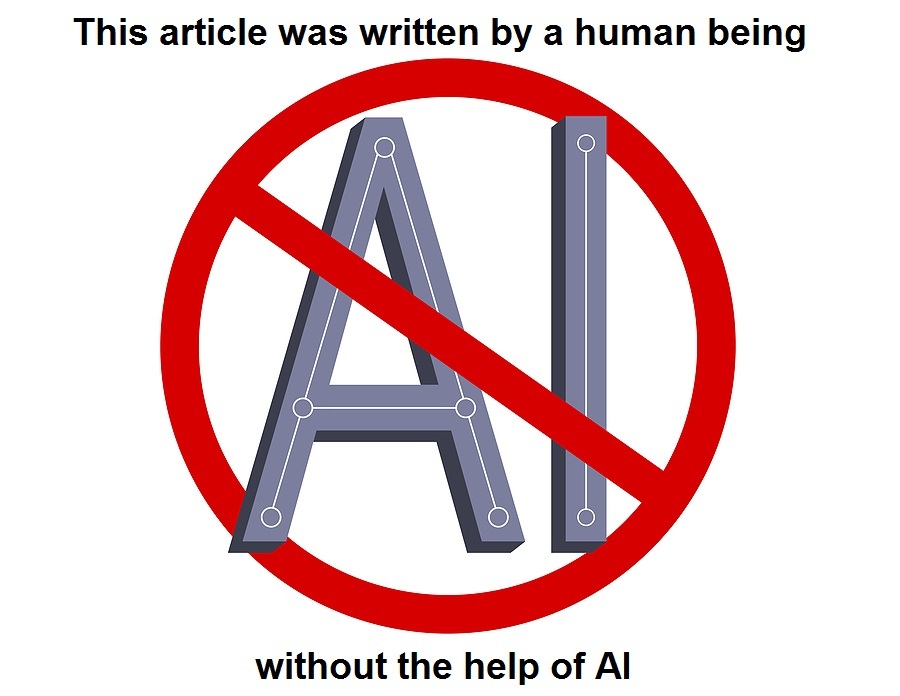
See Also:
Understand the Times We are Currently Living Through
Exposing the Christian Zionism Cult
Jesus Would be Labeled as “Antisemitic” Today Because He Attacked the Jews and Warned His Followers About Their Evil Ways
Insider Exposes Freemasonry as the World’s Oldest Secret Religion and the Luciferian Plans for The New World Order

Identifying the Luciferian Globalists Implementing the New World Order – Who are the “Jews”?
Who are the Children of Abraham?
The Brain Myth: Your Intellect and Thoughts Originate in Your Heart, Not Your Brain
Fact Check: “Christianity” and the Christian Religion is NOT Found in the Bible – The Person Jesus Christ Is
Young Man Living on the Streets Finds Jesus of the Bible – Overcomes Drug and “Terminally Online” Addictions
COVID “Vaccine” Injured Muslim Man Learns COVID was a Scam and Meets Jesus of the Bible as he Begins to Heal
Was the U.S. Constitution Written to Protect “We the People” or “We the Globalists”? Were the Founding Fathers Godly Men or Servants of Satan?
The Seal and Mark of God is Far More Important than the “Mark of the Beast” – Are You Prepared for What’s Coming?
The United States and The Beast: A look at Revelation in Light of Current Events Since 2020
The Satanic Roots to Modern Medicine – The Mark of the Beast?
Medicine: Idolatry in the Twenty First Century – 8-Year-Old Article More Relevant Today than the Day it was Written
Having problems receiving our emails? See:
How to Beat Internet Censorship and Create Your Own Newsfeed
We Are Now on Telegram. Video channels at Bitchute, and Odysee.
If our website is seized and shut down, find us on Telegram, as well as Bitchute and Odysee for further instructions about where to find us.
If you use the TOR Onion browser, here are the links and corresponding URLs to use in the TOR browser to find us on the Dark Web: Health Impact News, Vaccine Impact, Medical Kidnap, Created4Health, CoconutOil.com.





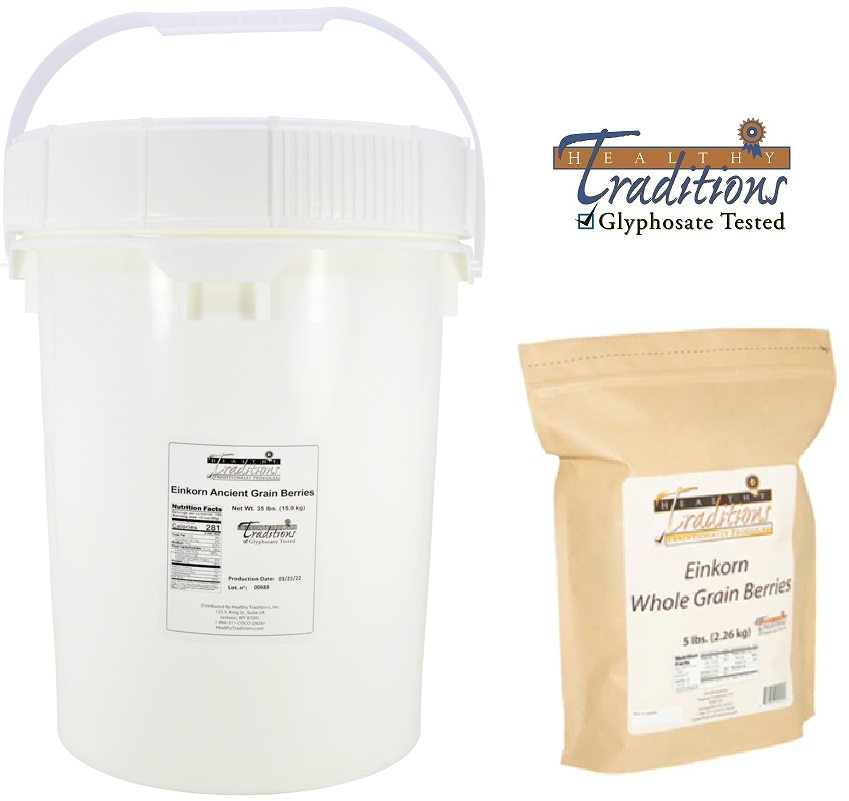
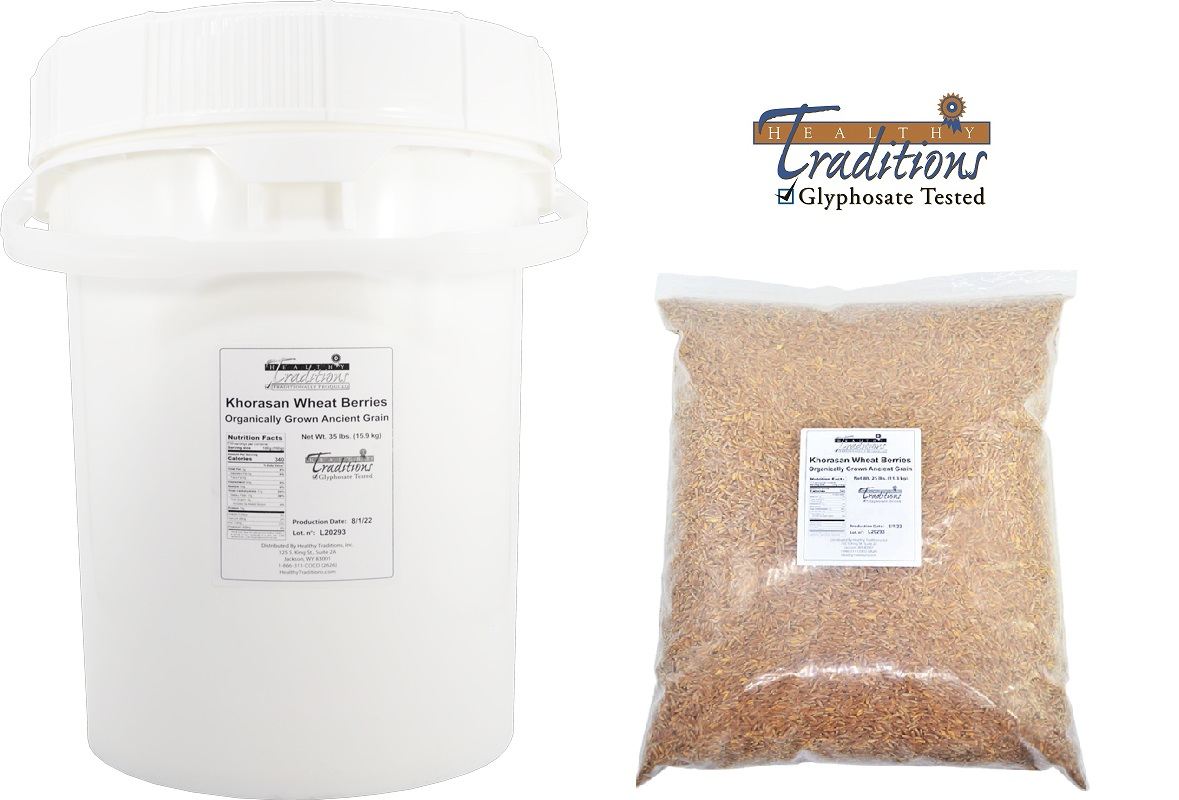
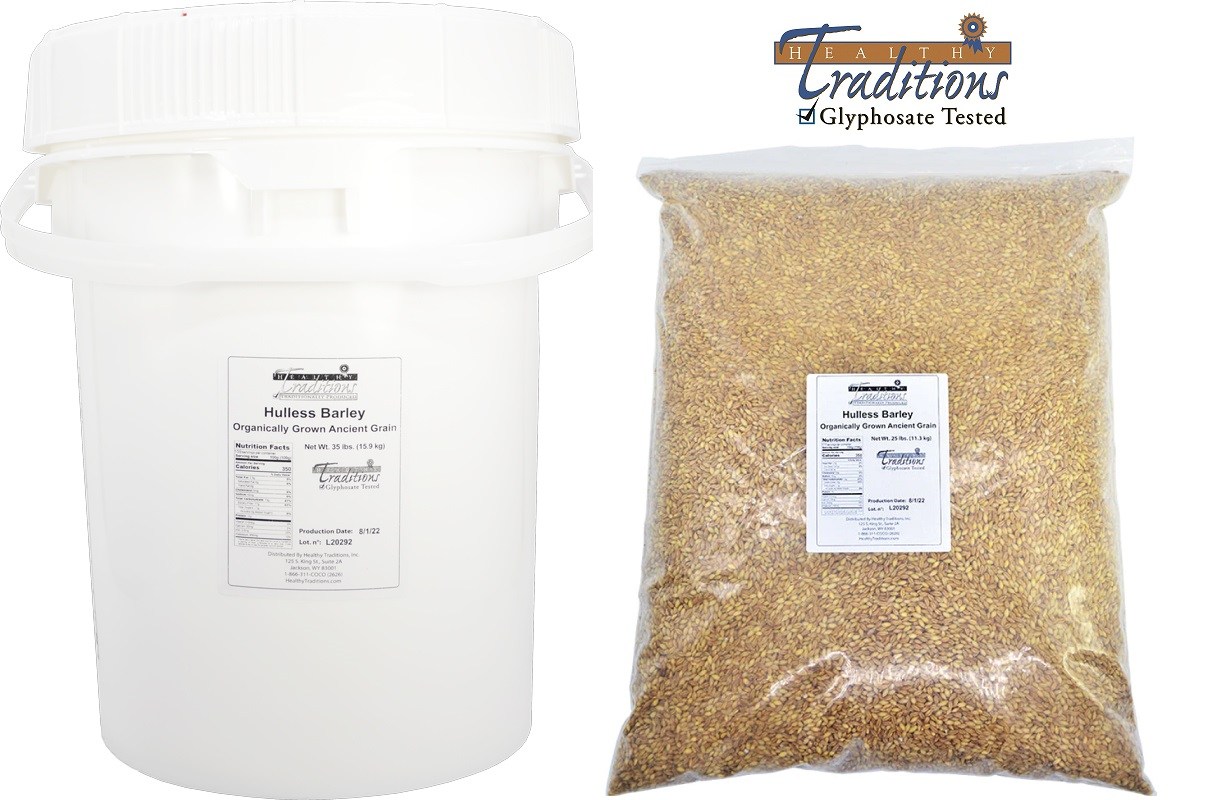
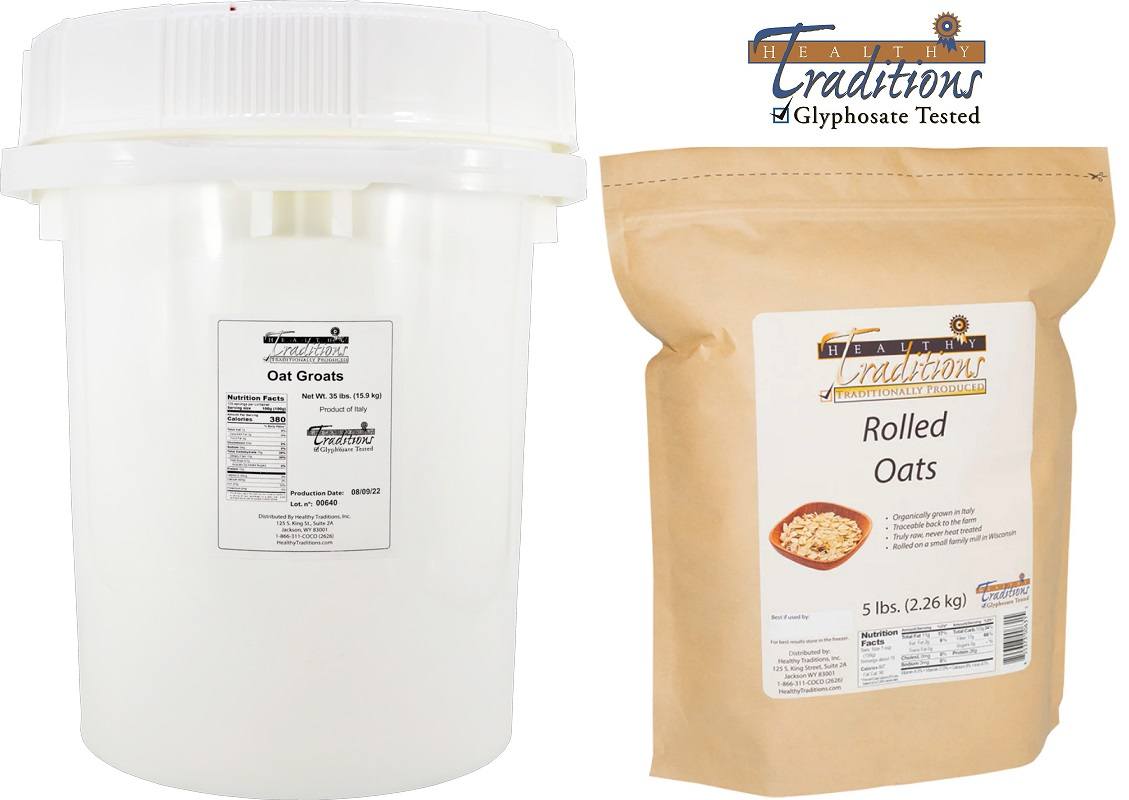
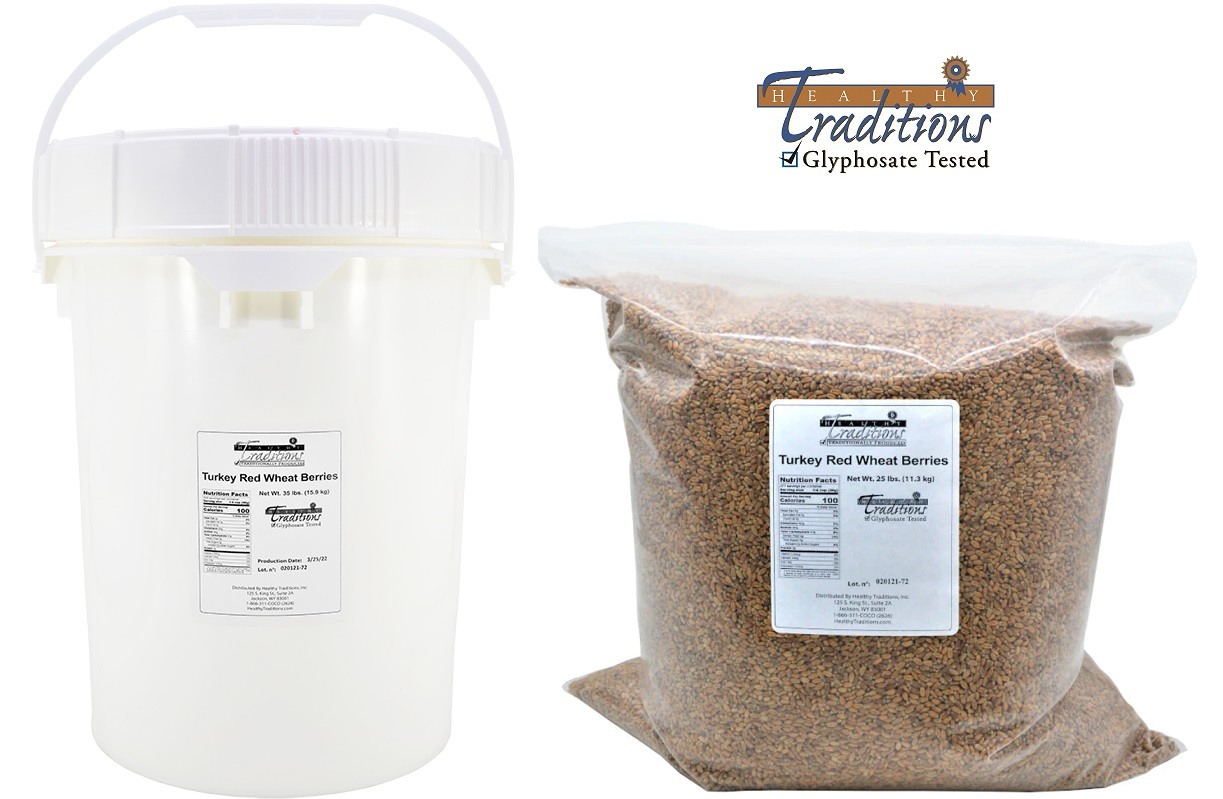
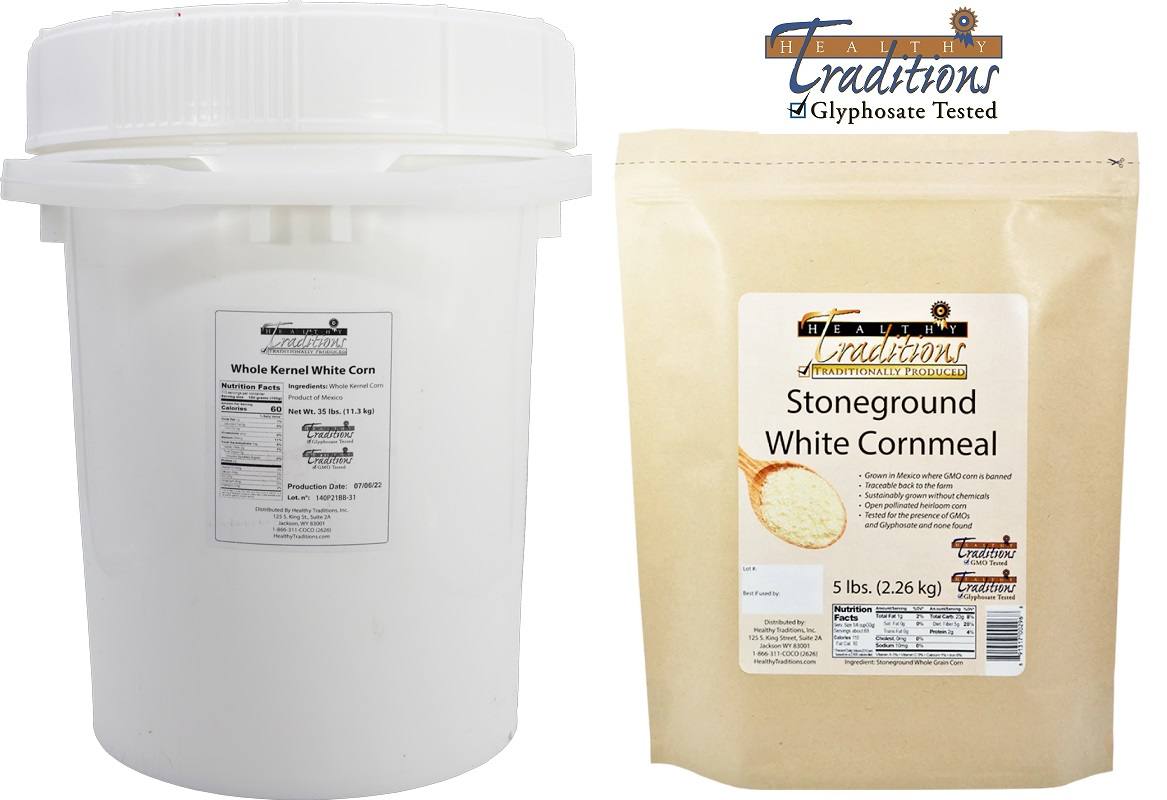










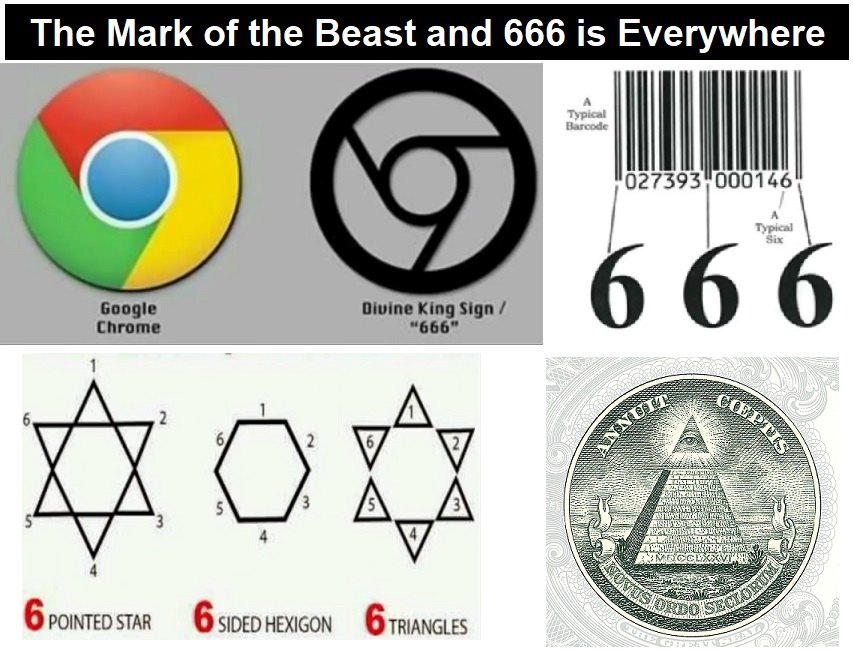





Join the Discussion